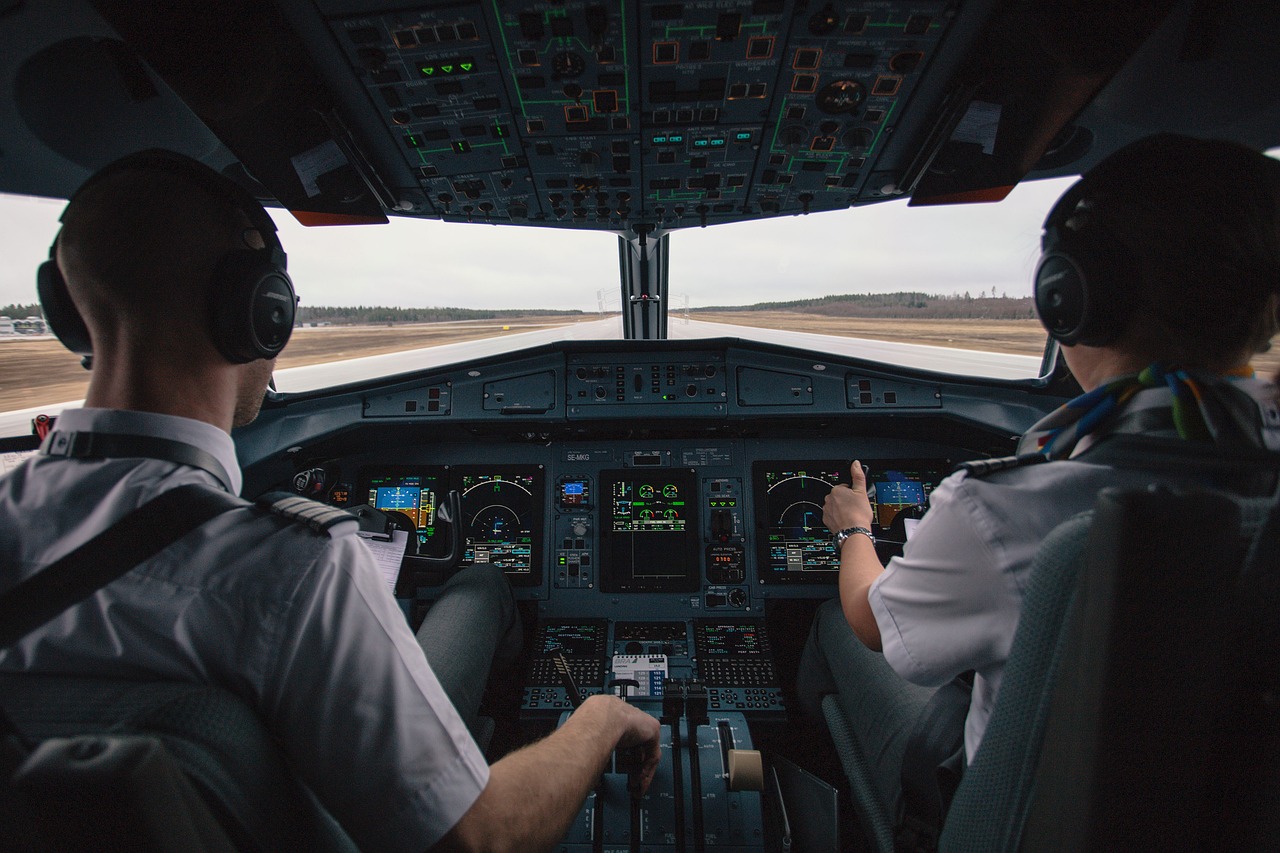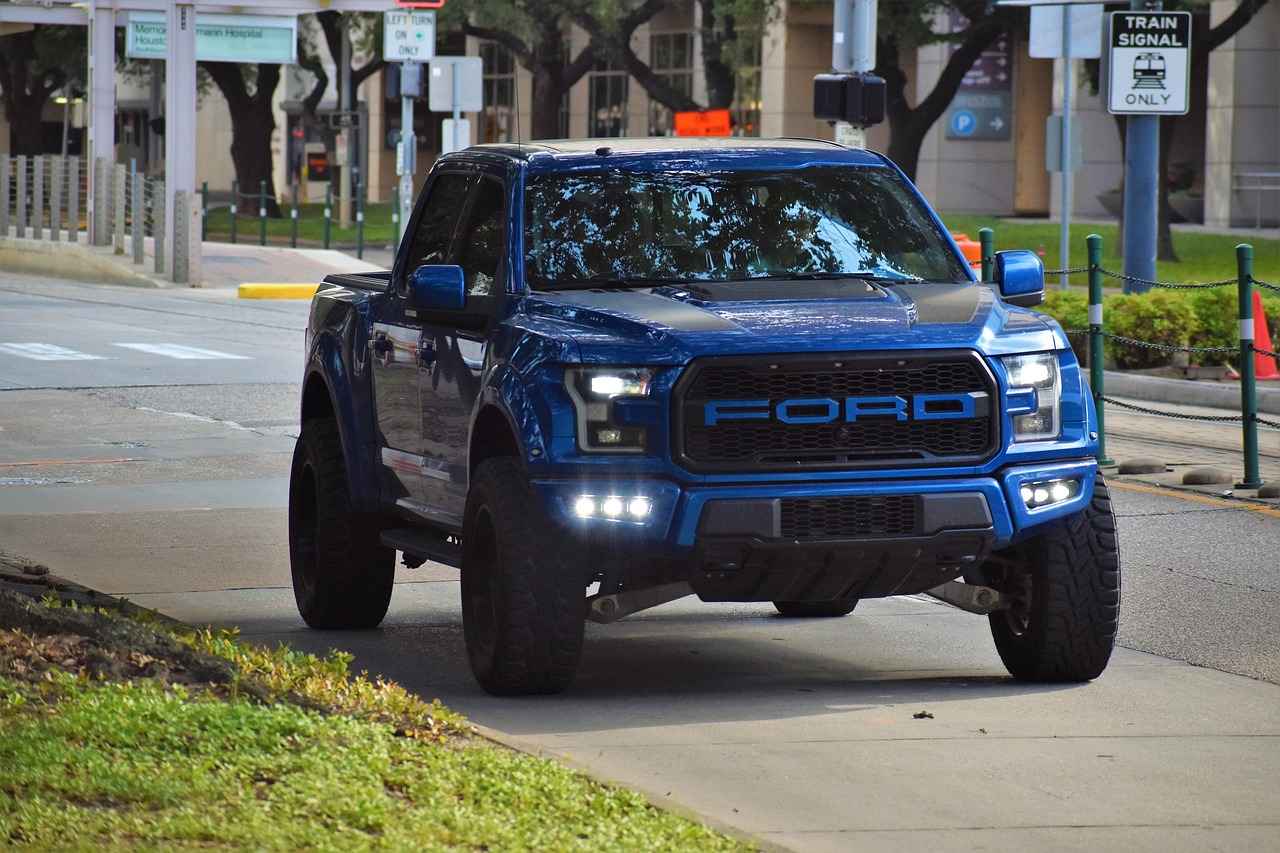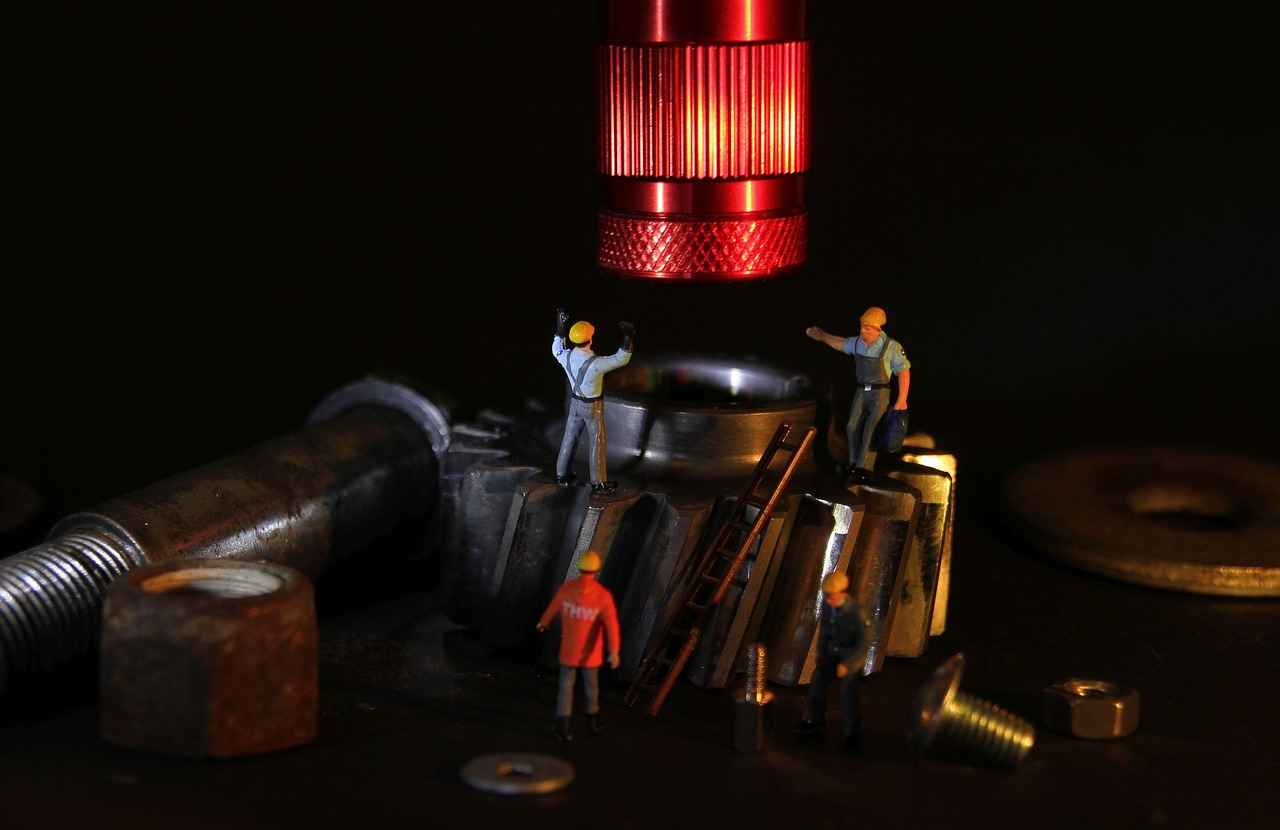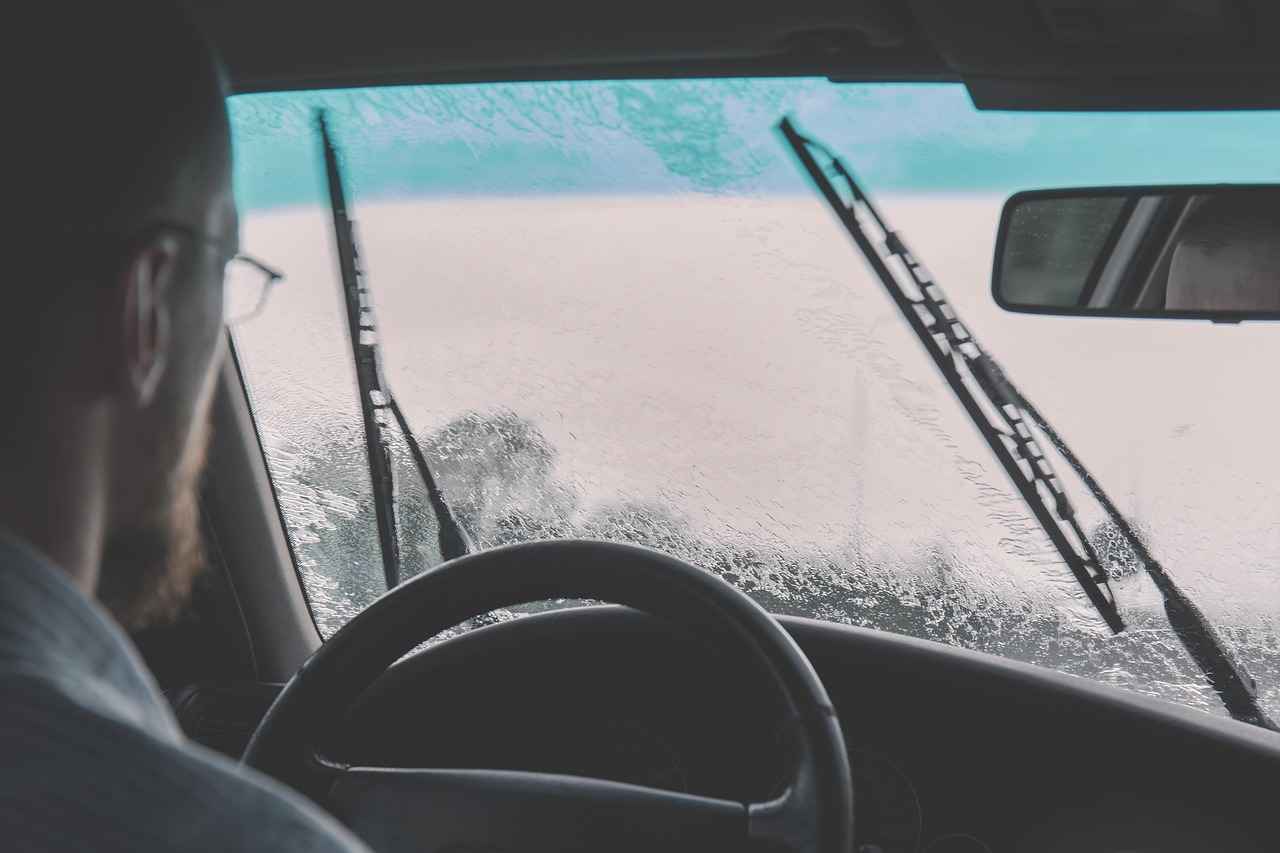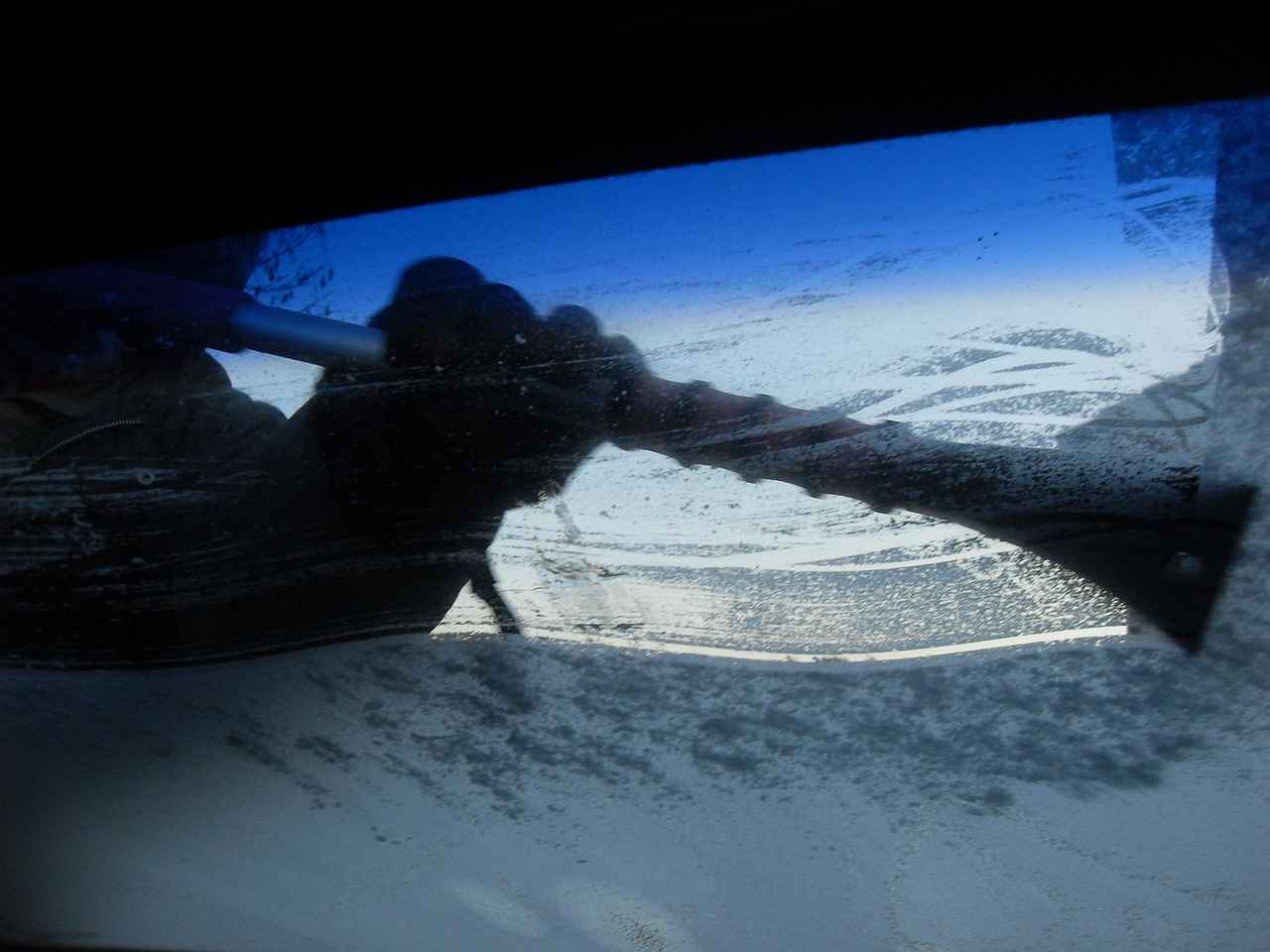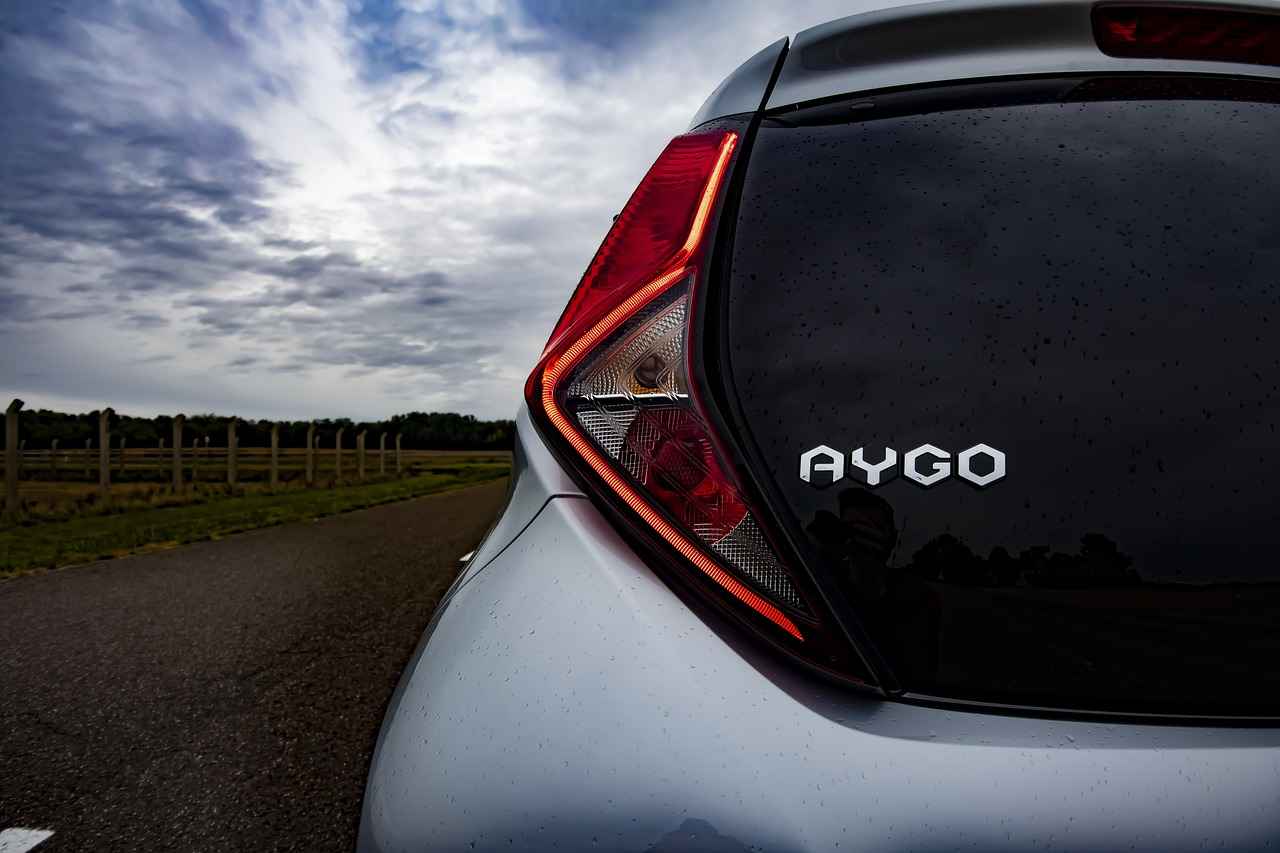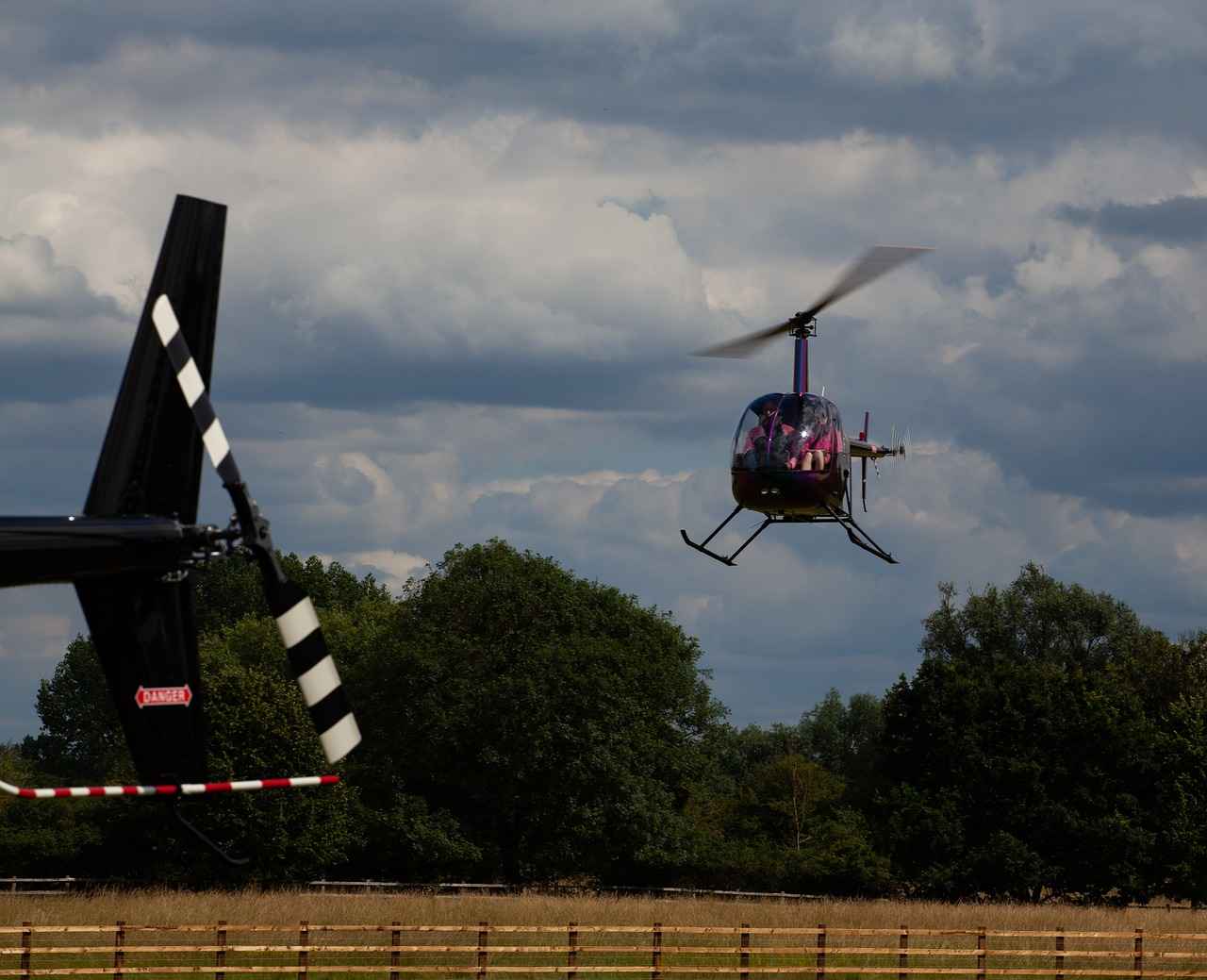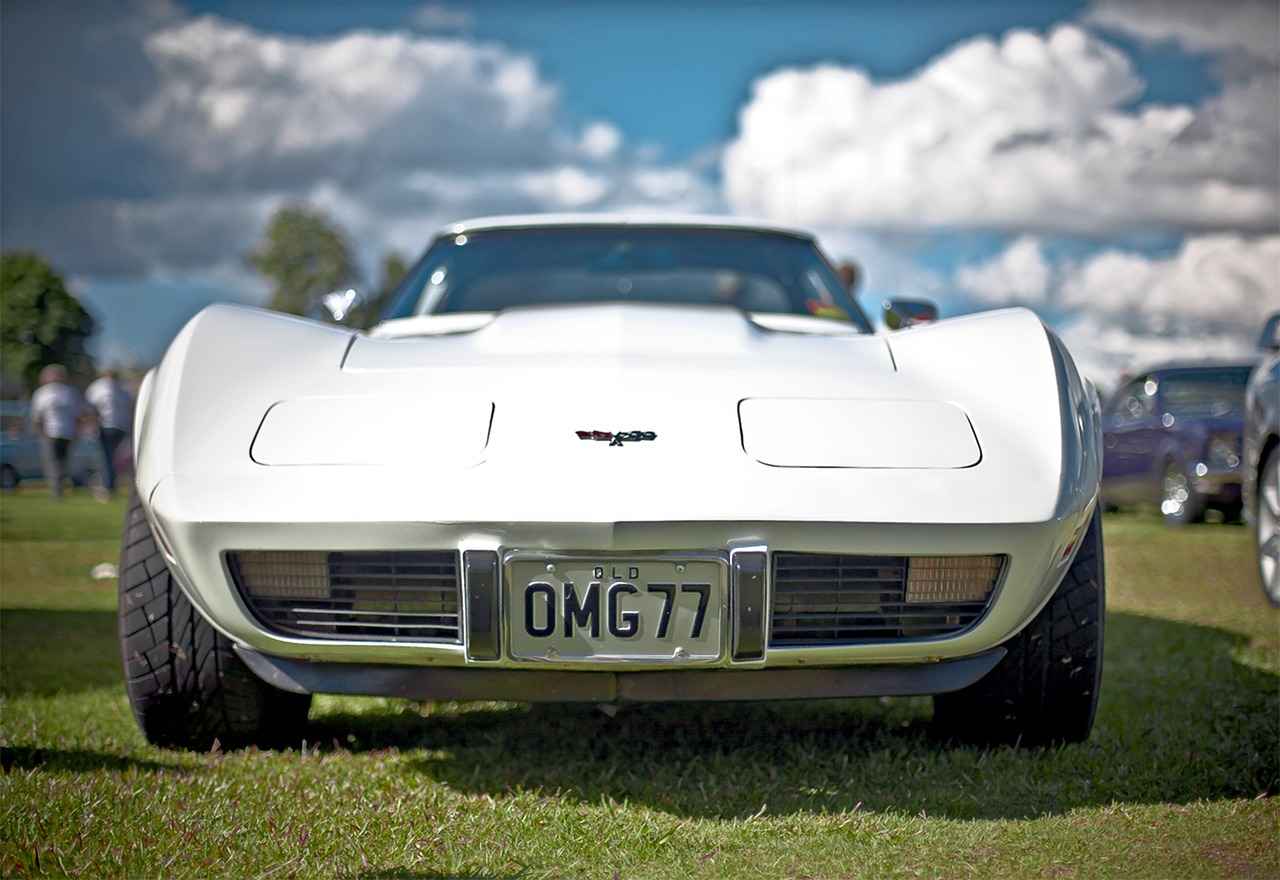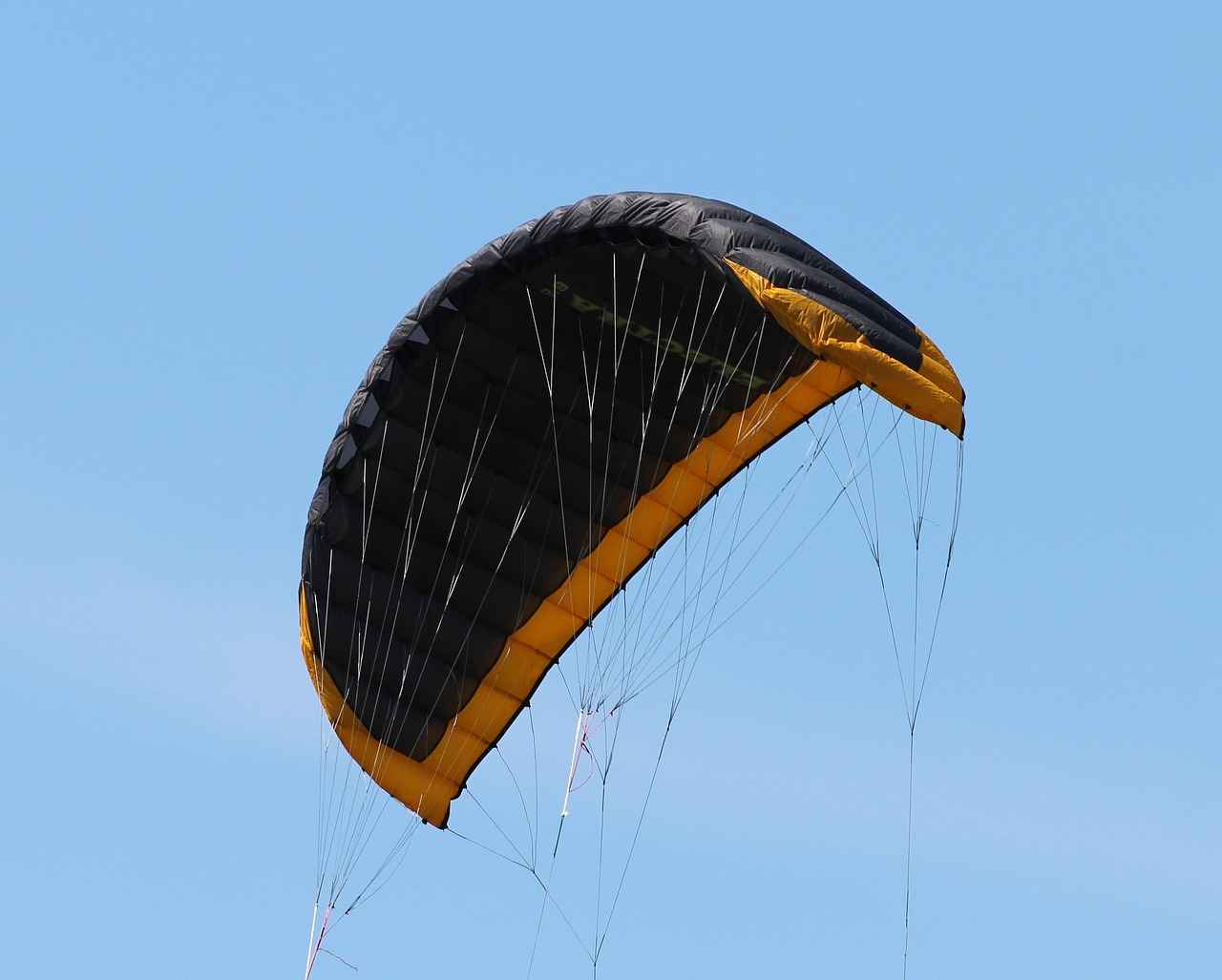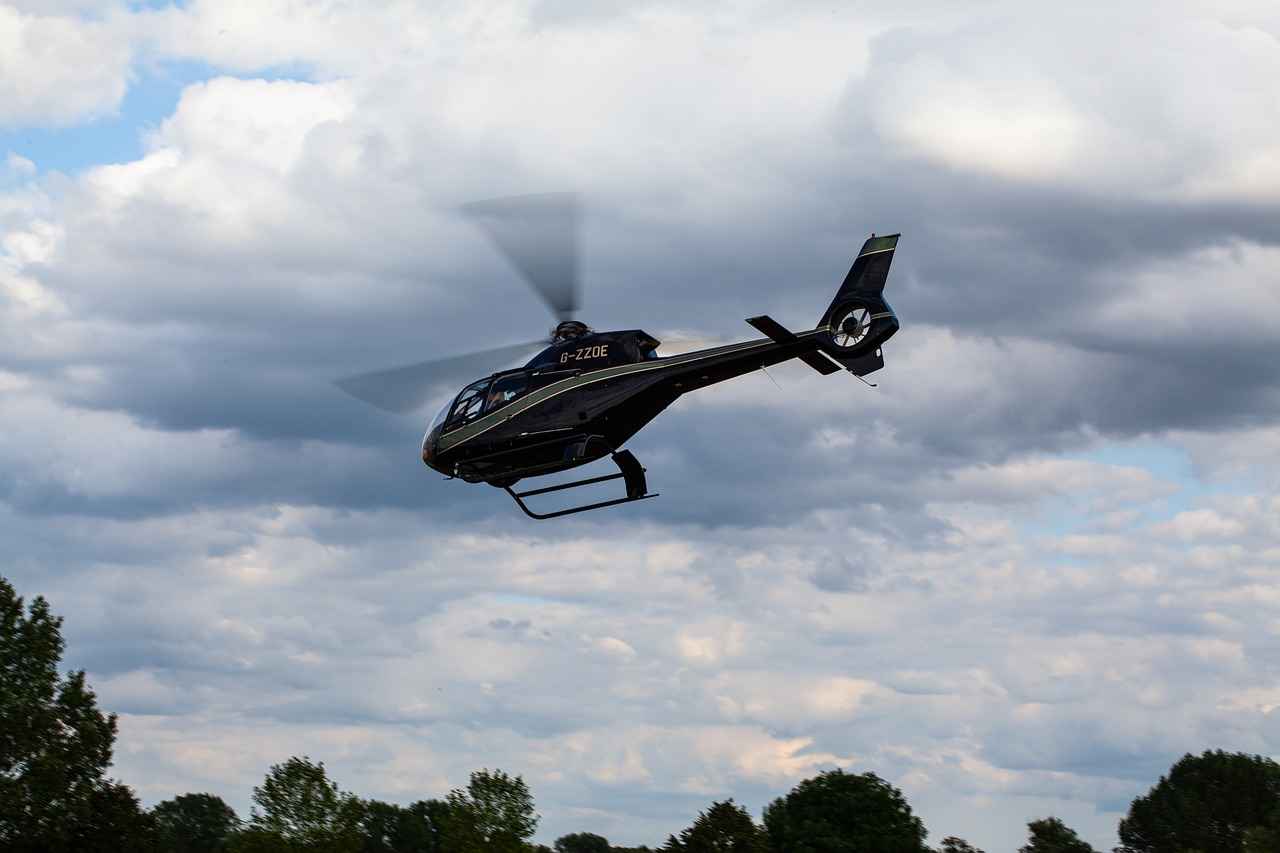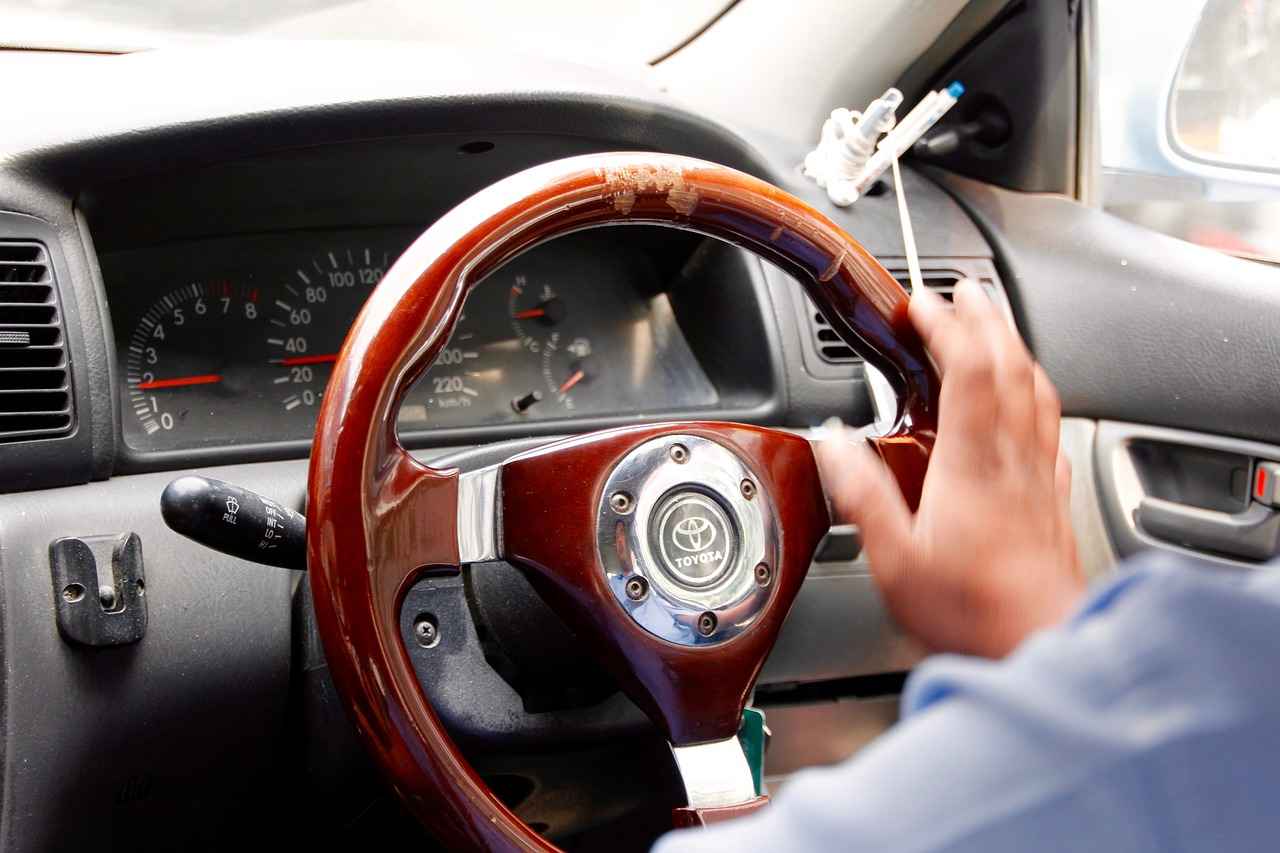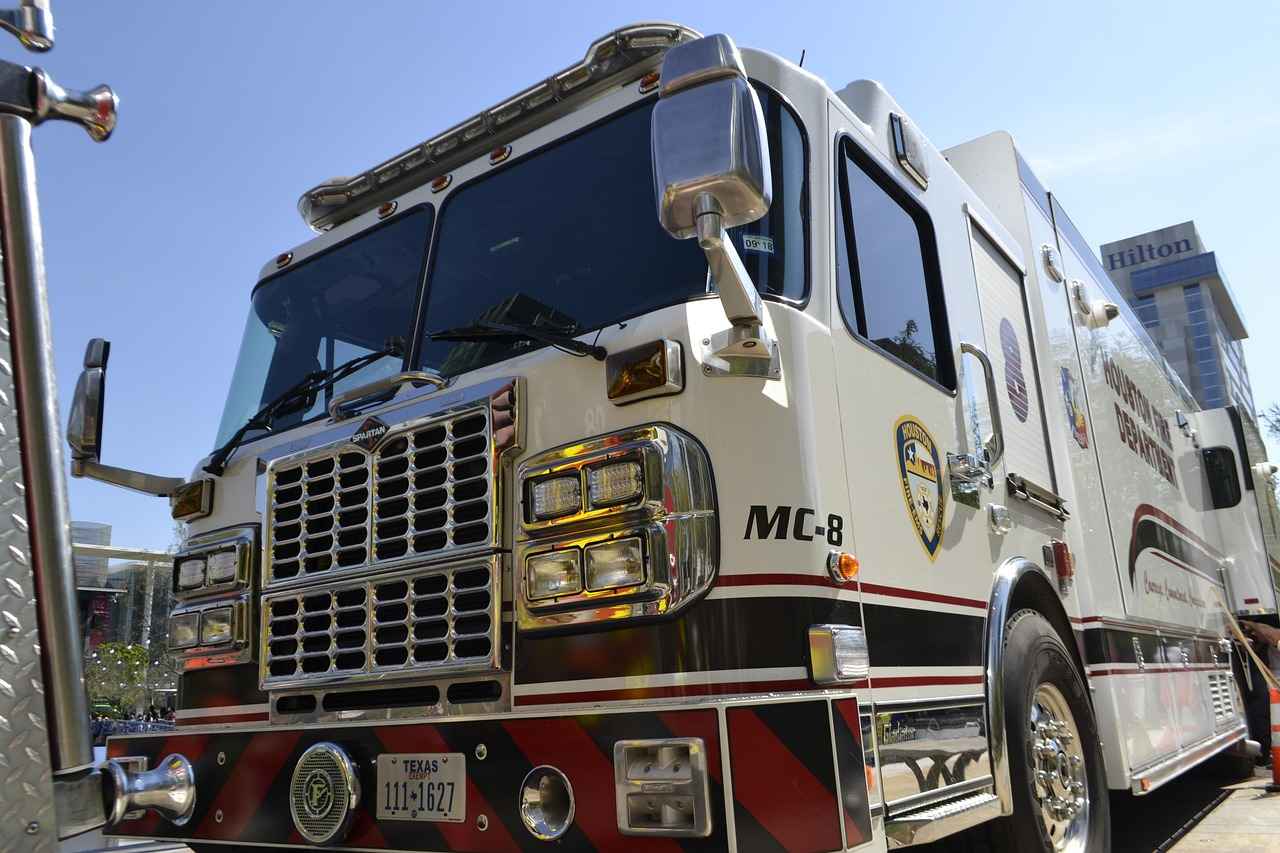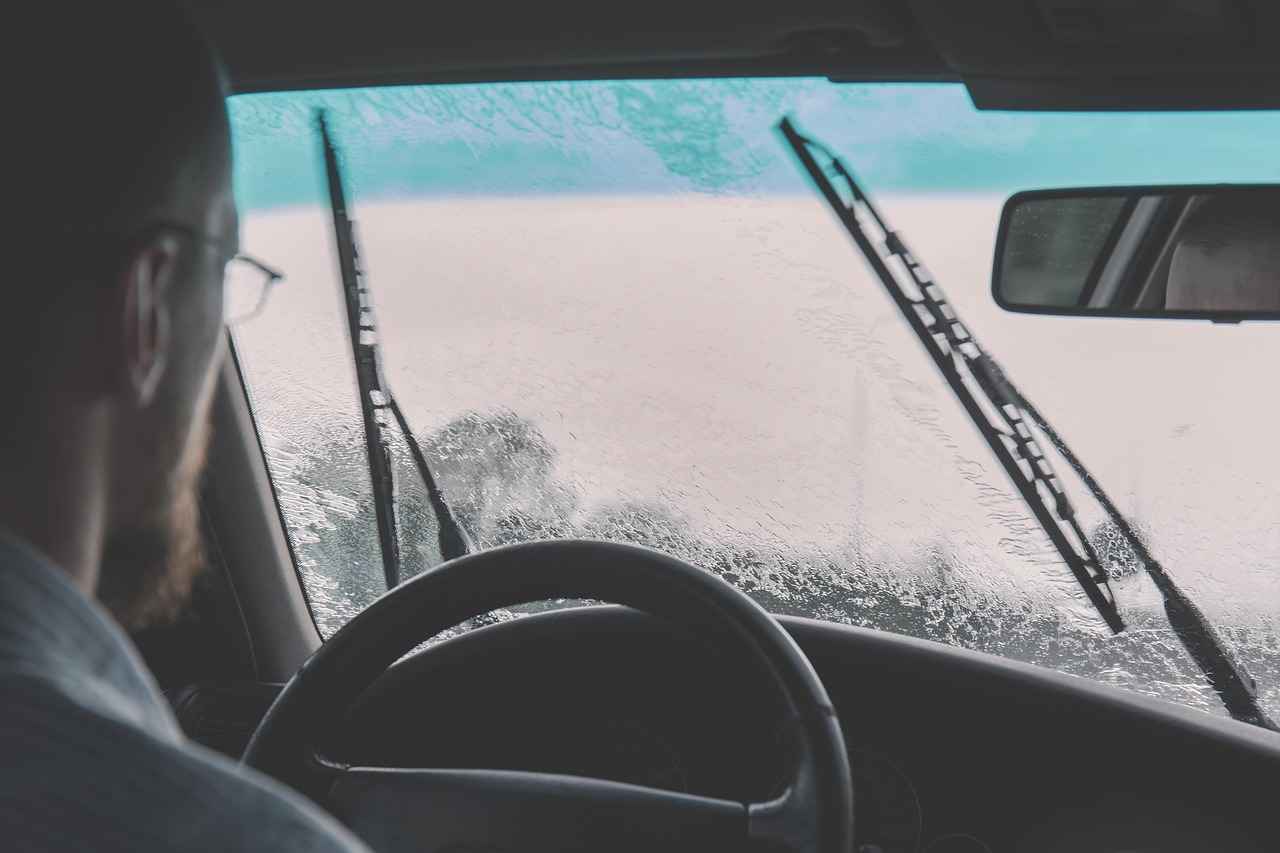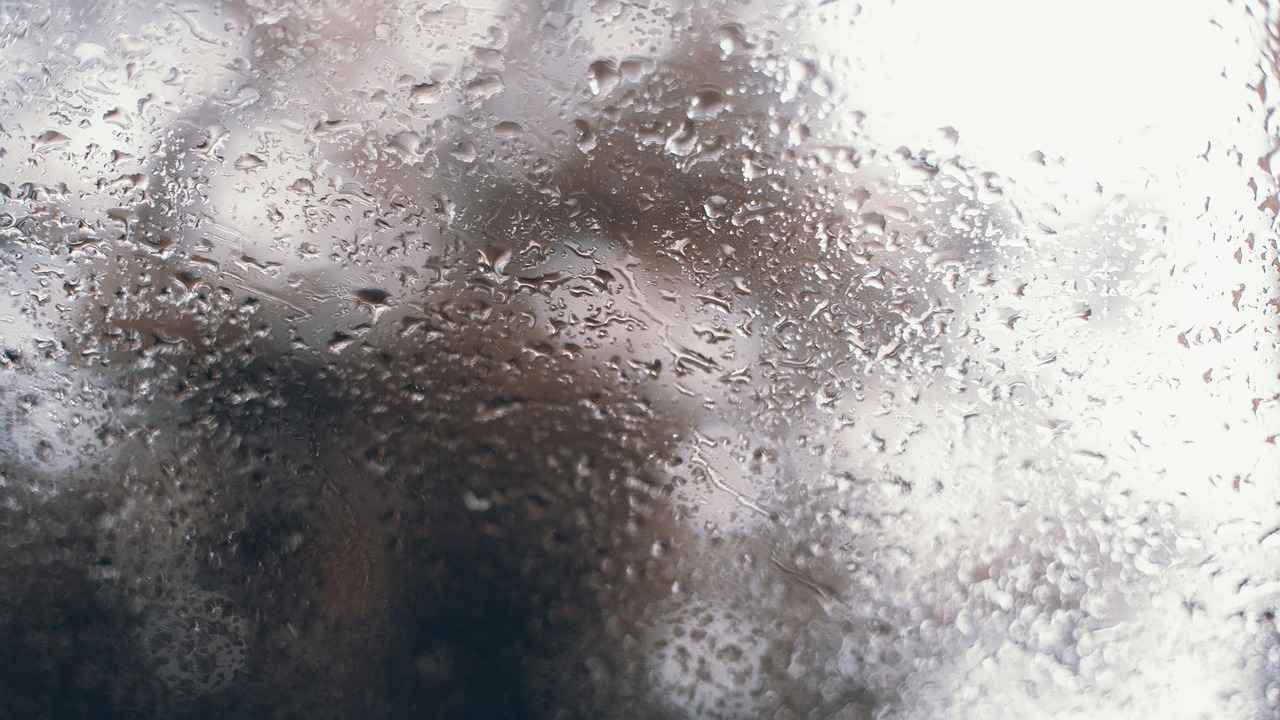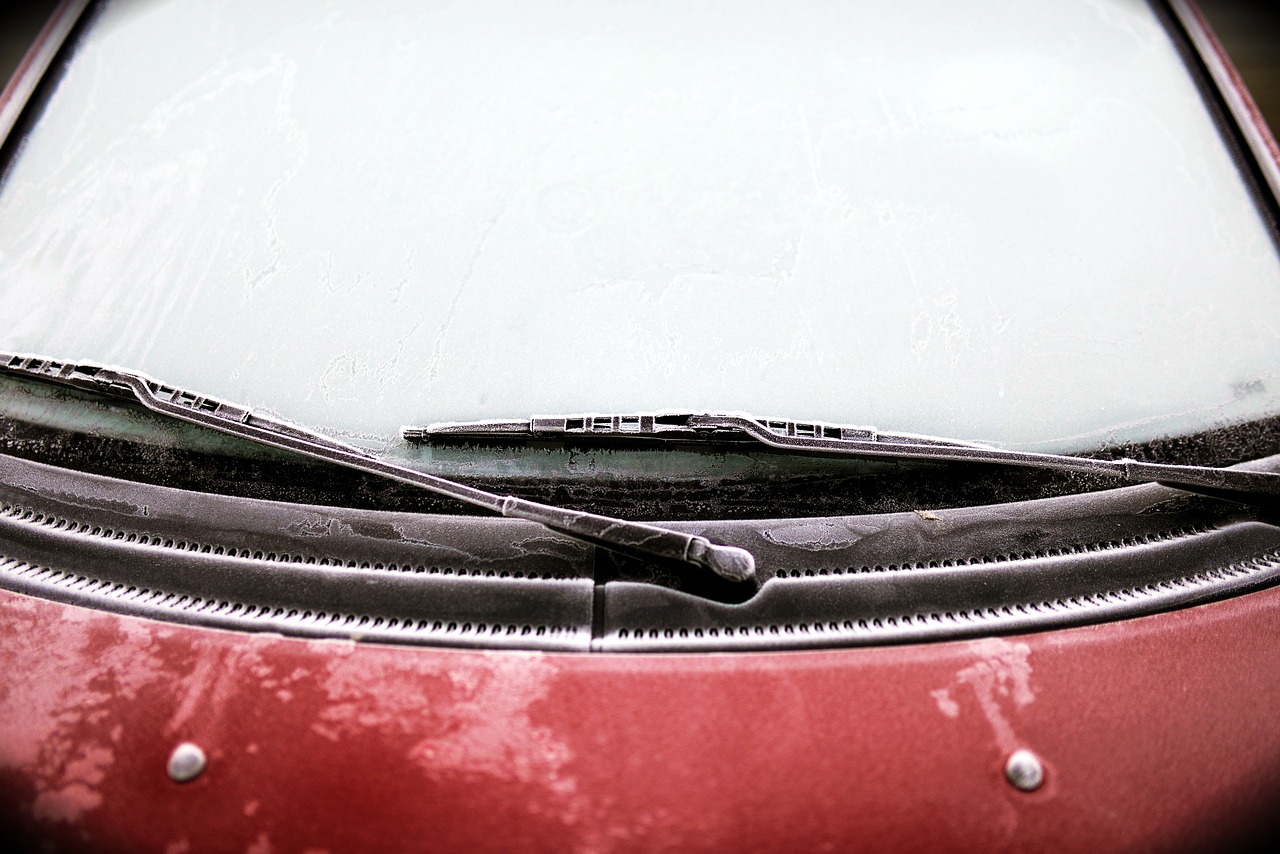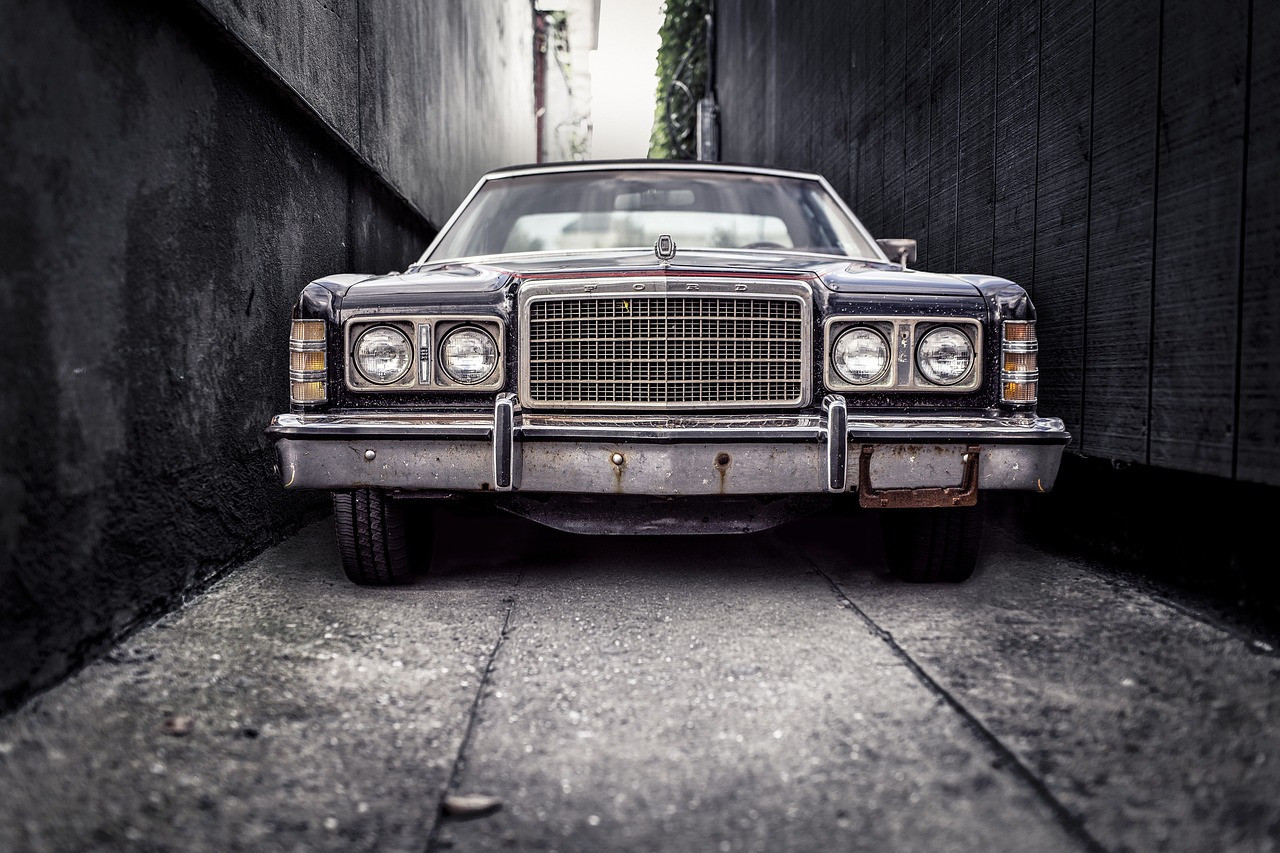This article delves into the critical functionality of airplane windshields, with a particular focus on the essential role of windshield wipers in enhancing pilot safety during adverse weather conditions. Understanding how these systems work is vital for grasping their importance in aviation.
Do Airplanes Use Windshield Wipers?
Yes, airplanes are equipped with windshield wipers, but their design is markedly different from those found in automobiles. Airplane windshield wipers must adhere to strict safety standards and are engineered to operate effectively in extreme conditions. Unlike car wipers, which are generally made from rubber, airplane wipers often utilize specialized materials that can withstand high speeds and varying atmospheric pressures.
How Do Windshield Wipers Work on Planes?
The mechanics behind airplane windshield wipers are complex yet fascinating. These wipers are designed to clear water, snow, and ice from the cockpit windows, ensuring that pilots maintain a clear line of sight. The wipers are typically powered by hydraulic systems or electric motors, allowing for swift and efficient operation. This functionality is crucial during takeoff, landing, and in-flight maneuvers when visibility can be compromised.
What Are the Key Features of Airplane Windshield Wipers?
- Durability: Airplane windshield wipers are constructed from robust materials that can endure extreme weather conditions.
- Efficiency: They are designed to operate at high speeds, ensuring quick clearing of the windshield.
- Adjustability: Many wipers can be adjusted to different speeds and settings, accommodating various weather scenarios.
How Do Wipers Adapt to Different Weather Conditions?
The adaptability of airplane wipers is essential for safe flying. They are engineered to function effectively in diverse weather conditions, from torrential rain to sleet and snow. This adaptability is vital to ensure that pilots can navigate safely, even in challenging environments.
What Materials Are Used in Airplane Windshield Wipers?
The materials used in airplane windshield wipers include advanced composites and specialized rubbers that resist wear and tear. These materials are chosen for their ability to withstand the rigors of aviation, including exposure to varying temperatures and pressures.
What Is the Maintenance Schedule for Windshield Wipers?
Regular maintenance of windshield wipers is crucial for safety. Airlines adhere to strict maintenance protocols to ensure these components are functional and reliable before every flight. This includes routine inspections and timely replacements of worn-out parts, significantly reducing the risk of malfunction during critical flight phases.
Why Are Windshield Wipers Important for Pilot Safety?
Windshield wipers play a pivotal role in maintaining pilot visibility during adverse weather. Clear visibility is essential for making informed decisions during flight, particularly during landing and takeoff when weather conditions can change rapidly. Without effective wipers, pilots would face increased risks of accidents due to impaired vision.
How Do Wipers Contribute to Overall Flight Safety?
The presence of efficient windshield wipers significantly enhances flight safety. By ensuring that pilots can see clearly, these wipers help reduce the likelihood of accidents caused by poor visibility. In challenging weather, the ability to maintain a clear view of the runway and surrounding environment is paramount.
What Happens If Windshield Wipers Fail During Flight?
In the event of a windshield wiper failure, pilots are trained to manage the situation effectively. They follow established protocols, which may include diverting to an alternate airport or adjusting their flight path to ensure safety. Additionally, modern aircraft are equipped with backup systems to assist in maintaining visibility even if primary systems fail.

Do Airplanes Use Windshield Wipers?
When it comes to aviation safety, every detail counts, including the seemingly simple widshield wipers on airplanes. While many people may not consider the importance of these components, they play a crucial role in ensuring that pilots maintain clear visibility during flight, especially in adverse weather conditions. In this section, we will explore the unique features and functionalities of airplane windshield wipers, highlighting how they differ from their automotive counterparts.
Yes, airplanes do use windshield wipers, but their design and functionality differ significantly from those found in cars. Unlike car wipers, which are typically made for light rain and occasional snow, airplane wipers are engineered to handle more extreme conditions. They are built to withstand high speeds, varying temperatures, and even the impact of ice and debris.
Airplane windshield wipers are designed with several key features that enhance their performance:
- Durability: The materials used are often advanced composites and rubbers that resist wear and tear, ensuring longevity and reliability.
- High-Performance Mechanisms: These wipers operate at varying speeds and can cover larger surface areas compared to car wipers.
- Adaptability: Airplane wipers are effective in a wide range of weather conditions, from heavy rain to snow and ice.
Understanding the mechanics behind airplane windshield wipers is crucial for appreciating their role in aviation safety. These wipers are typically powered by electric or hydraulic systems, allowing them to move swiftly and efficiently across the windshield. The blades are designed to create a tight seal against the glass, ensuring that water, snow, and debris are effectively cleared away, providing pilots with a clear line of sight.
Windshield wipers are essential for maintaining pilot visibility during adverse weather. Poor visibility can lead to severe safety risks, including loss of situational awareness and difficulty in navigation. Effective windshield wipers help mitigate these risks by ensuring that pilots can see clearly, even in challenging conditions.
In the event of a windshield wiper failure, pilots are trained to handle such situations. They may rely on alternative methods, such as using de-icing systems or adjusting flight paths to avoid severe weather. Moreover, aircraft are equipped with multiple safety features to ensure that even if one system fails, others can compensate, maintaining overall safety.
Regular maintenance of windshield wipers is essential for safety. Airlines follow strict protocols to ensure these components are functional and reliable before every flight. Maintenance checks include inspecting the wipers for wear and tear, replacing worn-out blades, and ensuring that the wiper mechanisms are functioning correctly.
In conclusion, while often overlooked, airplane windshield wipers are a critical component of flight safety. Their unique design and robust functionality enable pilots to maintain visibility during adverse weather conditions, ultimately enhancing the safety of air travel.
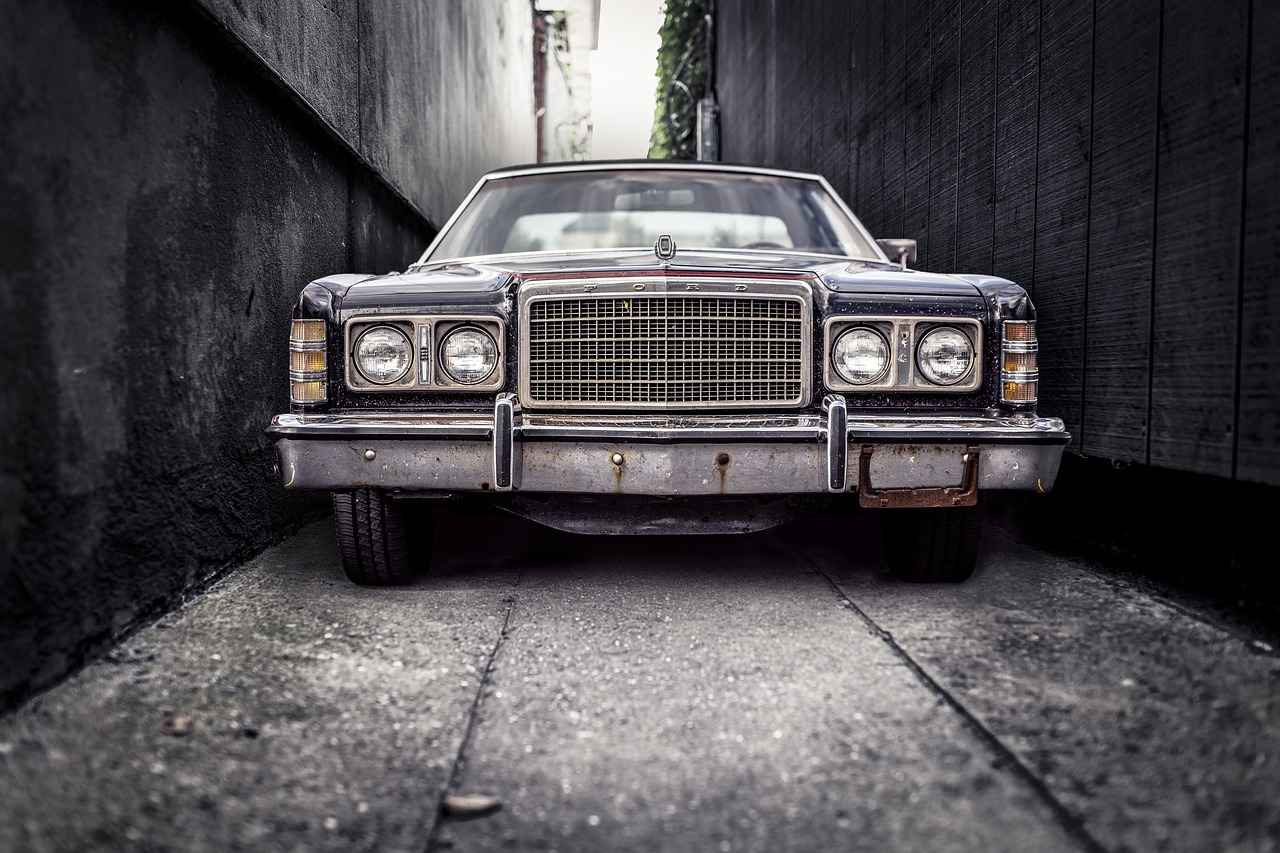
How Do Windshield Wipers Work on Planes?
Understanding how airplane windshield wipers operate is crucial for appreciating their role in aviation safety. These components are not merely an afterthought; they are essential for ensuring that pilots maintain optimal visibility during various weather conditions. This section explains the mechanics behind these vital systems, highlighting their significance in modern aviation.
Airplane windshield wipers are designed to function effectively under demanding circumstances. Unlike car wipers, which operate on simple mechanical systems, airplane wipers are engineered with advanced technology to meet the rigorous standards of aviation safety. The following points outline their operation:
- Mechanical Design: Airplane wipers are typically powered by electric motors or hydraulic systems, providing the necessary force to clear the windshield efficiently.
- Blade Composition: The wiper blades are made from high-quality materials that resist wear and tear, ensuring longevity and effectiveness even in harsh conditions.
- Windshield Curvature: The unique curvature of airplane windshields requires specially designed wiper blades that can adapt to the surface, ensuring complete coverage without leaving blind spots.
Moreover, the operation of these wipers is controlled by the pilots through a simple interface in the cockpit. This allows for quick adjustments based on changing weather conditions, which is vital for maintaining visibility.
Airplane windshield wipers possess several key features that distinguish them from conventional wipers:
- Robust Materials: Made from composites and rubbers that can withstand extreme temperatures and pressures.
- Variable Speed Settings: Many aircraft wipers come with multiple speed settings, allowing for tailored performance based on the intensity of rain or snow.
- Integrated Systems: Some wipers are integrated with the aircraft’s avionics, allowing for automatic operation based on sensor inputs.
The adaptability of airplane wipers is vital for safe flying. They are designed to function effectively in various weather scenarios, from heavy rain to snow and ice. This adaptability is achieved through:
- Heated Blades: Some aircraft are equipped with heated wiper blades that prevent ice accumulation during winter operations.
- Adjustable Angles: The angle of the wipers can be adjusted to maximize coverage and efficiency, depending on the prevailing weather conditions.
In the event of a windshield wiper failure, pilots are trained to manage the situation effectively. Protocols include:
- Alternative Visibility Techniques: Pilots can rely on other instruments and visual cues to navigate safely.
- Emergency Procedures: Aircraft are equipped with emergency protocols that provide guidance on handling such failures, ensuring that safety is never compromised.
In summary, the operation of airplane windshield wipers is a critical aspect of aviation safety. By understanding the mechanics behind these systems, we can appreciate their importance in maintaining visibility and ensuring safe flights under challenging weather conditions.
What Are the Key Features of Airplane Windshield Wipers?
When it comes to aviation safety, airplane windshield wipers play a critical role in ensuring that pilots maintain clear visibility during adverse weather conditions. Unlike the windshield wipers found on cars, which are designed for relatively mild environments, airplane wipers are engineered for high performance and durability to withstand extreme conditions encountered during flight.
Airplane windshield wipers are designed with several key features that enhance their functionality and reliability:
- Robust Materials: These wipers are made from advanced composites and specially formulated rubbers that resist wear and tear, ensuring longevity even under harsh conditions.
- Aerodynamic Design: The shape of airplane wipers is optimized to minimize drag and maximize efficiency, allowing them to function effectively at high speeds.
- Variable Speed Settings: Many modern airplane wipers come with adjustable speed settings that enable pilots to control the rate at which the wipers operate, adapting to different levels of precipitation.
- Dual Wiper Systems: Some aircraft are equipped with dual wiper systems that provide redundancy, ensuring that if one wiper fails, the other can still maintain visibility.
- Heated Wipers: To prevent ice accumulation, certain models feature heating elements that keep the wipers free from frost or snow, which is crucial during winter operations.
These features collectively ensure that pilots can maintain optimal visibility, which is essential for safe flying.
Adaptability is vital for airplane windshield wipers. They are designed to function effectively in a variety of weather scenarios:
- Heavy Rain: In torrential downpours, the adjustable speed settings allow pilots to increase the wiping frequency for improved visibility.
- Snow and Ice: Heated wipers prevent ice build-up, while the robust materials ensure that the wipers do not falter in freezing temperatures.
- Fog and Mist: The aerodynamic design helps in clearing water droplets quickly, which is particularly useful in foggy conditions.
Regular maintenance is essential to ensure the reliability of airplane windshield wipers. Airlines adhere to strict protocols that include:
- Routine Inspections: Wipers are checked before every flight to ensure they are functioning correctly.
- Replacement of Wiper Blades: Worn-out blades are replaced promptly to maintain optimal performance.
- System Diagnostics: Advanced diagnostic tools are used to assess the functionality of the wiper system, ensuring that pilots can rely on them when needed.
By conducting these maintenance activities, airlines can significantly reduce the risk of wiper failure during flight, thereby enhancing overall safety.
Windshield wipers are not just an accessory; they are a critical safety feature in aviation. Poor visibility can lead to dangerous situations, including:
- Increased Risk of Accidents: Clear visibility is essential for pilots to navigate safely, especially during takeoff and landing.
- Operational Decisions: Pilots rely on visibility to make informed decisions regarding flight paths and landing approaches.
In conclusion, the engineering and maintenance of airplane windshield wipers are paramount for ensuring that pilots can operate safely in a variety of weather conditions. Their advanced features and rigorous maintenance protocols contribute significantly to aviation safety.
How Do Wipers Adapt to Different Weather Conditions?
The adaptability of airplane wipers is vital for safe flying. These wipers are engineered to function effectively in a wide range of weather scenarios, ensuring that pilots maintain optimal visibility regardless of the conditions outside. From torrential downpours to heavy snowfall and icy conditions, airplane wipers are designed to tackle the challenges presented by various elements.
One of the key features that enable this adaptability is the advanced technology integrated into the wiper systems. Unlike traditional car wipers, which may struggle under extreme conditions, airplane wipers are built to withstand the rigors of high-speed flight and severe weather. They utilize high-performance materials that resist wear and tear, ensuring longevity and reliability.
Airplane wipers are equipped with specialized blades that are shaped to enhance aerodynamic performance. This design minimizes drag and allows the wipers to operate efficiently at various speeds. Additionally, the wiper motors are engineered to provide varying speeds and pressures, allowing pilots to adjust the intensity of the wipers based on the severity of the weather. This adaptability is crucial; for instance, during a light rain, a gentle wipe may suffice, while during a snowstorm, a more aggressive approach is necessary.
- Heavy Rain: In heavy rainfall, wipers operate at high speeds to clear the windshield quickly, ensuring that pilots can see through the downpour.
- Snow and Ice: Wipers designed for snow are often equipped with heating elements to prevent ice buildup, while their robust construction allows them to push through thick snow.
- Wind and Debris: In windy conditions, wipers can be adjusted to maintain contact with the windshield, effectively removing debris and ensuring visibility.
Furthermore, the control systems of airplane wipers are designed with pilot input in mind. Pilots can easily adjust the settings from the cockpit, allowing for quick responses to changing weather conditions. This level of control is essential during critical phases of flight, such as takeoff and landing, when visibility is paramount.
In addition to their mechanical adaptability, airplane wipers are also subject to rigorous testing and maintenance. Airlines follow strict protocols to ensure that wipers are functioning optimally before every flight. This maintenance includes regular inspections and replacements of wiper blades and motors, ensuring that they are ready to perform under any weather conditions.
In summary, the adaptability of airplane wipers is a crucial aspect of aviation safety. Their ability to function effectively in various weather scenarios, combined with advanced technology and thorough maintenance, ensures that pilots can navigate safely through adverse conditions. This adaptability not only enhances visibility but also contributes to the overall safety and reliability of air travel.
What Materials Are Used in Airplane Windshield Wipers?
The materials utilized in airplane windshield wipers are meticulously selected to ensure both durability and effectiveness. Unlike typical automotive wipers, which may rely on standard rubber, airplane wipers must withstand extreme conditions, including high speeds, varying temperatures, and exposure to harsh environmental elements. This section delves into the advanced materials that make airplane windshield wipers a crucial component of aviation safety.
- Advanced Composites: Airplane windshield wipers often incorporate advanced composite materials that provide superior strength and resistance to wear. These composites are engineered to endure the rigors of flight, including wind shear and precipitation.
- High-Performance Rubbers: The rubber used in these wipers is not your average material; it is specially formulated to resist ozone degradation and UV exposure. This ensures that the wipers maintain their flexibility and effectiveness over time, even when exposed to the elements.
- Temperature Resistance: The materials must also be capable of withstanding a wide range of temperatures. For instance, during high-altitude flights, temperatures can plummet, making it essential for the wipers to perform optimally without becoming brittle.
- Aerospace-Grade Sealants: To enhance the performance and longevity of the wipers, aerospace-grade sealants are often employed. These sealants help prevent moisture ingress, which can lead to malfunction or reduced visibility.
The integration of these specialized materials is not just a matter of performance; it is a vital safety consideration. Pilots rely on clear visibility during crucial phases of flight, such as takeoff and landing, where weather conditions can change rapidly. The wipers’ ability to maintain a clear view under adverse conditions is essential for ensuring that pilots can make informed decisions.
Furthermore, the design of the wipers themselves is optimized for aerodynamics. This means that not only do they need to be made from high-quality materials, but they also must be shaped in a way that minimizes drag while maximizing their cleaning efficiency. The combination of advanced materials and thoughtful design results in a system that is both effective and reliable.
Regular inspection and maintenance of these wipers are also critical. Airlines implement strict protocols to ensure that the materials remain in top condition, as any degradation could compromise pilot safety. This proactive approach helps to mitigate risks associated with windshield wiper failure during flight.
In conclusion, the materials used in airplane windshield wipers are a testament to the aviation industry’s commitment to safety and performance. By utilizing advanced composites, high-performance rubbers, and aerospace-grade sealants, manufacturers create wipers that not only withstand the test of time but also enhance visibility and safety for pilots during challenging weather conditions.
What Is the Maintenance Schedule for Windshield Wipers?
Maintaining the functionality of windshield wipers is not just a routine task; it is a critical safety measure in aviation. The windshield wipers on airplanes are designed to ensure that pilots have a clear line of sight, particularly during adverse weather conditions. Regular maintenance of these components is essential for safety, as it directly impacts visibility and, consequently, flight safety. Airlines follow strict protocols to ensure that these components are functional and reliable before every flight.
The primary reason for maintaining windshield wipers is to ensure optimal performance. Over time, wipers can wear down due to exposure to various environmental factors, including UV rays, rain, and ice. This wear can lead to diminished effectiveness, which may compromise pilot visibility during crucial moments of flight.
- Visual Inspections: Regular checks are conducted to assess the condition of the wipers and their blades. This includes looking for cracks, tears, or signs of wear.
- Functional Tests: Airlines perform tests to ensure that the wipers operate smoothly and effectively. This is often done during pre-flight checks.
- Replacement Protocols: Depending on the manufacturer’s guidelines, wipers may need to be replaced at specified intervals or after a certain number of flight hours.
- Cleaning Procedures: Keeping the windshield and wipers clean is essential. Debris can accumulate and hinder the wipers’ effectiveness, so regular cleaning is part of the maintenance routine.
Airlines implement rigorous training programs for their maintenance crews to ensure compliance with maintenance protocols. These programs emphasize the importance of safety checks and the role of windshield wipers in overall flight safety. Additionally, maintenance logs are kept meticulously to track inspections, repairs, and replacements.
Neglecting the maintenance of windshield wipers can lead to serious consequences. A malfunctioning wiper system can result in poor visibility, increasing the risk of accidents, especially during takeoff and landing when weather conditions can be unpredictable. Moreover, regulatory bodies may impose penalties on airlines that fail to adhere to maintenance standards.
Pilots and crew members play a vital role in the maintenance of windshield wipers. During pre-flight checks, they are responsible for conducting visual inspections and reporting any issues. Their vigilance can help identify problems early, ensuring that maintenance crews can address them promptly.
In conclusion, the maintenance of windshield wipers is a fundamental aspect of aviation safety. By adhering to strict maintenance schedules and protocols, airlines can ensure that these essential components function effectively, thereby enhancing pilot visibility and overall flight safety. Regular attention to these systems is not just a regulatory requirement but a commitment to ensuring safe air travel.

Why Are Windshield Wipers Important for Pilot Safety?
Windshield wipers are often overlooked components of an aircraft, yet they are vital for ensuring pilot safety during adverse weather conditions. Visibility is a critical factor in aviation, and any impairment can significantly increase the risk of accidents. This section explores the importance of windshield wipers in maintaining clear sightlines for pilots, ultimately enhancing flight safety.
Windshield wipers are designed to clear rain, snow, and debris from the cockpit’s windshield, allowing pilots to maintain a clear view of the runway, other aircraft, and important navigational aids. In situations where weather conditions rapidly change, such as during thunderstorms or heavy snowfall, the effectiveness of these wipers becomes even more crucial. The ability to see clearly can mean the difference between a safe landing and a potential disaster.
Effective windshield wipers contribute to overall flight safety by:
- Improving Visibility: By removing precipitation and obstructions, pilots can better assess their surroundings.
- Reducing Pilot Workload: Clear visibility allows pilots to focus on navigation and communication rather than struggling to see through a dirty or obscured windshield.
- Facilitating Quick Decision-Making: In critical situations, having a clear view enables pilots to make informed decisions rapidly, which is essential for maintaining control of the aircraft.
When windshield wipers fail or are inadequate, the risks associated with poor visibility can escalate quickly. Pilots may encounter:
- Increased Chance of Collisions: Limited visibility can make it difficult to see other aircraft, terrain, or obstacles.
- Difficulty in Navigation: Pilots rely on visual cues for navigation, and poor visibility can lead to disorientation.
- Compromised Landing and Takeoff: Clear visibility is essential during critical phases of flight, such as takeoff and landing, where precision is paramount.
In the event of a windshield wiper malfunction, pilots are trained to follow specific protocols to ensure safety. These may include:
- Utilizing Alternate Instruments: Pilots may rely on instruments to guide them during low visibility conditions.
- Requesting Assistance: Communication with air traffic control can provide additional support and guidance.
- Executing Emergency Procedures: If visibility becomes critically impaired, pilots may need to divert to an alternate airport or execute a go-around if landing is not feasible.
Regular maintenance is essential to ensure that windshield wipers function effectively. Airlines adhere to strict maintenance schedules that include:
- Routine Inspections: Technicians check wiper functionality and replace worn components as needed.
- Testing Under Various Conditions: Wipers are tested to ensure they perform well in different weather scenarios.
- Immediate Repairs: Any identified issues are addressed promptly to prevent potential failures during flight.
In summary, windshield wipers are a critical safety feature in aviation, enhancing pilot visibility and contributing to overall flight safety. Their proper maintenance and functionality are essential for ensuring that pilots can navigate safely, even in the most challenging weather conditions.
How Do Wipers Contribute to Overall Flight Safety?
In the realm of aviation, visibility is paramount for ensuring the safety of both pilots and passengers. One of the essential components that contribute to maintaining clear visibility during adverse weather conditions is the airplane windshield wiper. These specialized devices are not merely an added feature; they are a critical element in the overall safety protocol of any flight.
The primary function of windshield wipers on an aircraft is to keep the pilot’s view unobstructed. During rain, snow, or other weather disturbances, the ability to see clearly is crucial. Poor visibility can lead to misjudgments during takeoff, landing, and navigation, significantly increasing the risk of accidents.
Windshield wipers on airplanes are designed to operate efficiently even under extreme conditions. They are engineered to remove water, ice, and debris from the windshield, ensuring that pilots have a clear line of sight. This functionality is particularly important during critical phases of flight, such as landing and takeoff, where visibility is often compromised.
- Design and Durability: Unlike car wipers, airplane wipers are built to withstand higher speeds and harsher weather conditions.
- Advanced Materials: The materials used are resistant to wear and can endure extreme temperatures, ensuring reliable performance.
- Range of Motion: Airplane wipers have a wider range of motion, allowing them to cover more area on the windshield.
In the unfortunate event of a windshield wiper failure, pilots are trained to handle such emergencies. They follow strict protocols, which may include:
1. Relying on other instruments for navigation.2. Adjusting flight paths to avoid severe weather.3. Communicating with air traffic control for assistance.
These measures ensure that the aircraft remains safe, even when visibility is compromised.
Regular maintenance checks are essential for the safety of any aircraft. Airlines adhere to strict maintenance schedules, which include:
- Routine inspections of the windshield wipers.
- Testing the wiper motors and blades for wear and tear.
- Replacing any components that show signs of damage.
This proactive approach ensures that wipers are always in optimal condition, ready to perform when needed.
In summary, windshield wipers are a vital component of aviation safety. They play a crucial role in enhancing visibility, thereby reducing the risk of accidents caused by poor weather conditions. By understanding their importance and ensuring regular maintenance, airlines can significantly contribute to the safety and security of their flights.
What Happens If Windshield Wipers Fail During Flight?
When it comes to aviation safety, every component of an aircraft plays a critical role, and windscreen wipers are no exception. They are designed to ensure that pilots maintain optimal visibility during adverse weather conditions. However, what happens if these crucial components fail during flight? This section delves into the protocols and alternative measures that pilots are trained to adopt in the event of a windscreen wiper failure.
In the unlikely event of a windshield wiper failure, pilots are equipped with comprehensive training to handle such situations. The first step is to remain calm and assess the situation. Pilots are trained to evaluate their visibility conditions and determine if they can safely continue the flight or if they need to take alternative actions.
- Use of Alternate Instruments: Pilots can rely on their aircraft’s instruments to navigate if visibility is compromised. Instruments such as altimeters, heading indicators, and GPS systems provide essential data.
- Adjusting Flight Path: If visibility becomes critically low, pilots may opt to alter their flight path to avoid areas of heavy precipitation or adverse weather, ensuring a safer route.
- Communication with Air Traffic Control: Maintaining communication with air traffic control is vital. Pilots can receive updates on weather conditions and guidance for safe landing options.
- Landing Preparations: If wiper failure occurs during approach, pilots may prepare for a visual approach or request assistance from ground control to ensure a safe landing.
Airlines invest significantly in training programs that simulate various in-flight emergencies, including windshield wiper failures. During training, pilots practice decision-making skills, enabling them to respond effectively under pressure. This training includes:
- Scenario-based simulations- Emergency protocol drills- Coordination with co-pilots and cabin crew
To minimize the risk of windshield wiper failure, regular maintenance checks are conducted on all aircraft components, including wipers. These checks are part of a comprehensive maintenance schedule designed to ensure all systems are functional and reliable. Airlines adhere to strict guidelines set by aviation authorities to keep their fleets safe.
In summary, while windshield wiper failure during flight is a concerning situation, pilots are well-prepared to handle it. Through rigorous training and established protocols, they can maintain safety and ensure that visibility is managed effectively. The safety of passengers and crew is always the top priority, and with the right measures in place, pilots can navigate through challenges with confidence.
Frequently Asked Questions
- Do all airplanes have windshield wipers?
Yes, most commercial airplanes are equipped with windshield wipers. These wipers are specially designed to handle the unique challenges of flying, ensuring that pilots maintain visibility during various weather conditions.
- How do airplane windshield wipers differ from car wipers?
Airplane windshield wipers are built to withstand extreme conditions and are generally more robust than car wipers. They are designed to operate effectively at high speeds and in turbulent environments, making them crucial for pilot safety.
- What materials are used in the construction of airplane windshield wipers?
Airplane windshield wipers are typically made from advanced composites and durable rubbers that resist wear and tear. These materials ensure that the wipers function effectively even in harsh weather conditions.
- What happens if the windshield wipers fail during a flight?
If the windshield wipers fail, pilots are trained to handle the situation. They can rely on alternative measures, such as adjusting their flight path or altitude, to ensure safety until they can land.
- How often are airplane windshield wipers maintained?
Airlines follow strict maintenance schedules for windshield wipers, checking them regularly to ensure they are functional and reliable before each flight. This is part of a broader safety protocol to keep flights safe.
